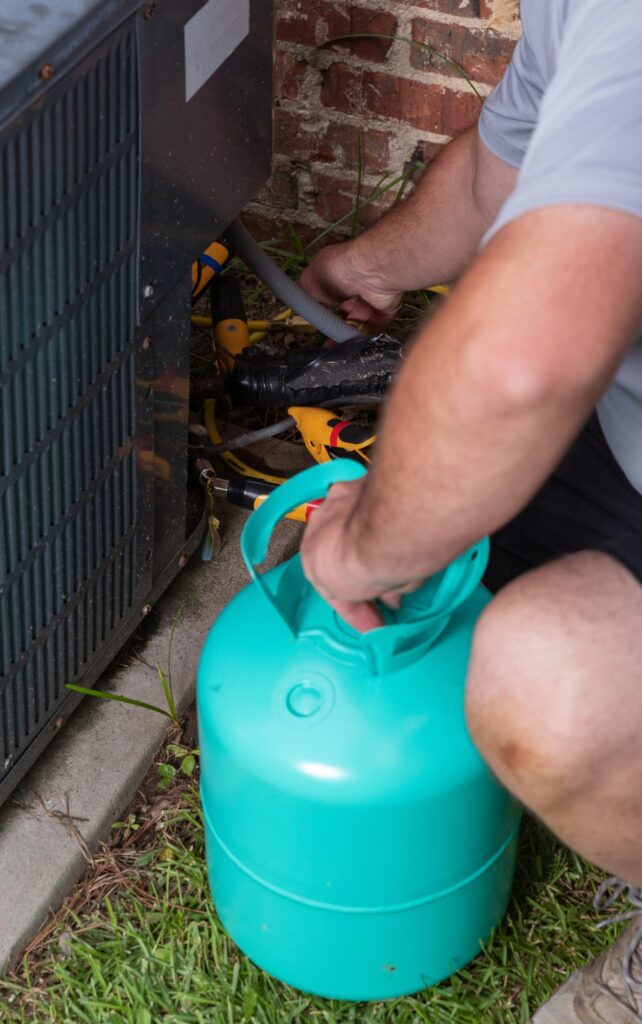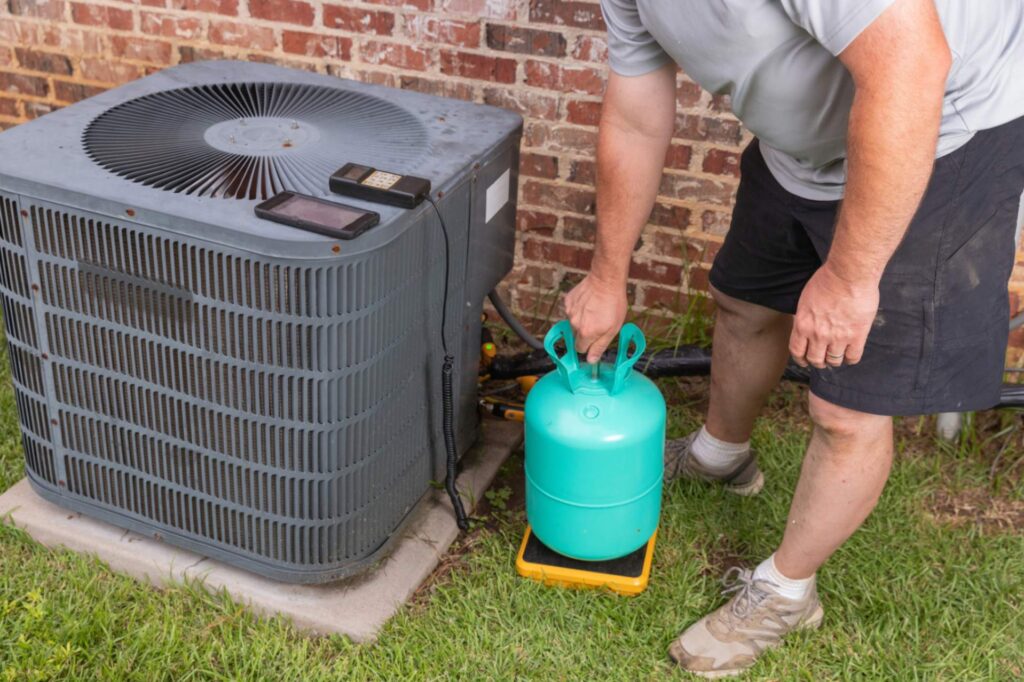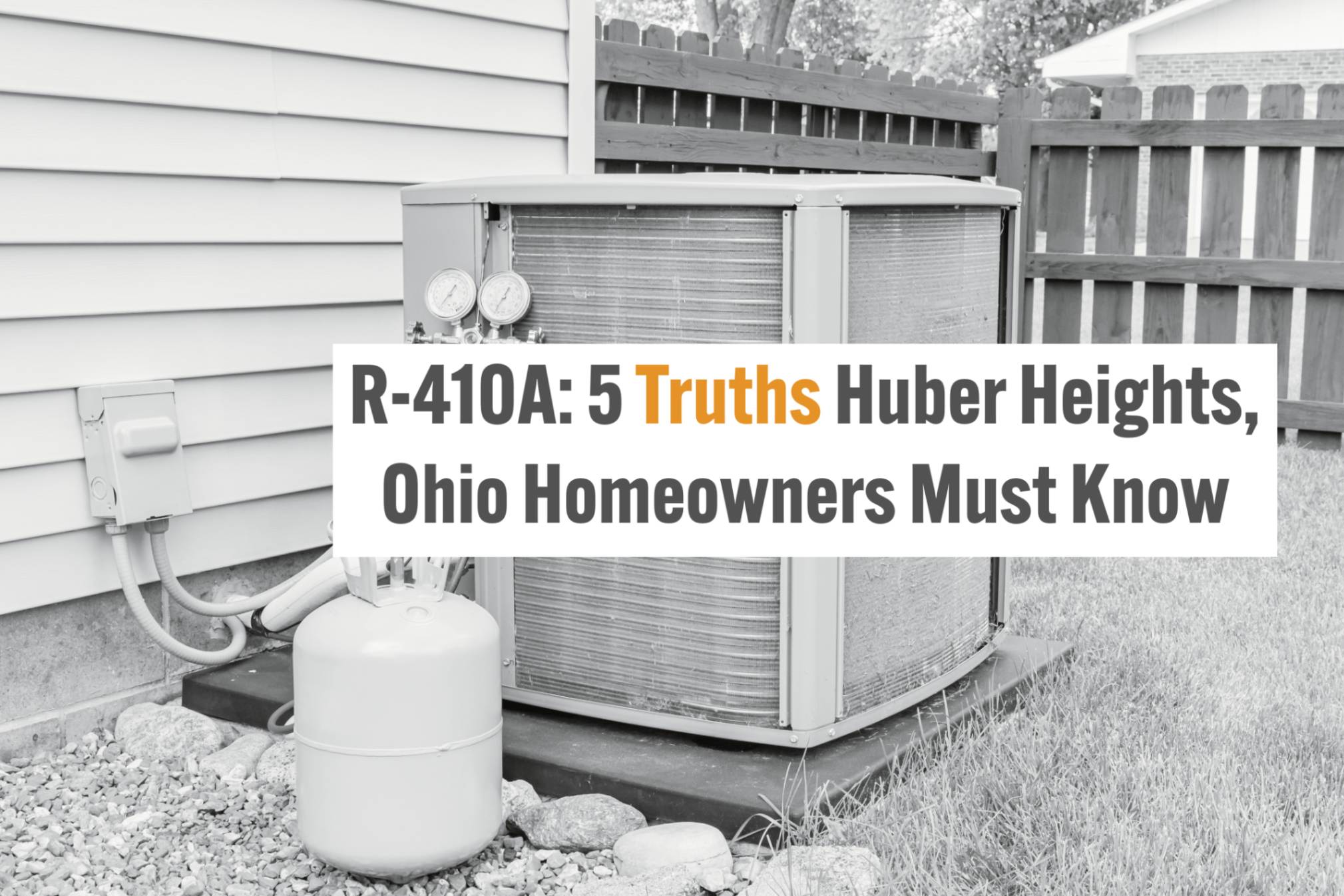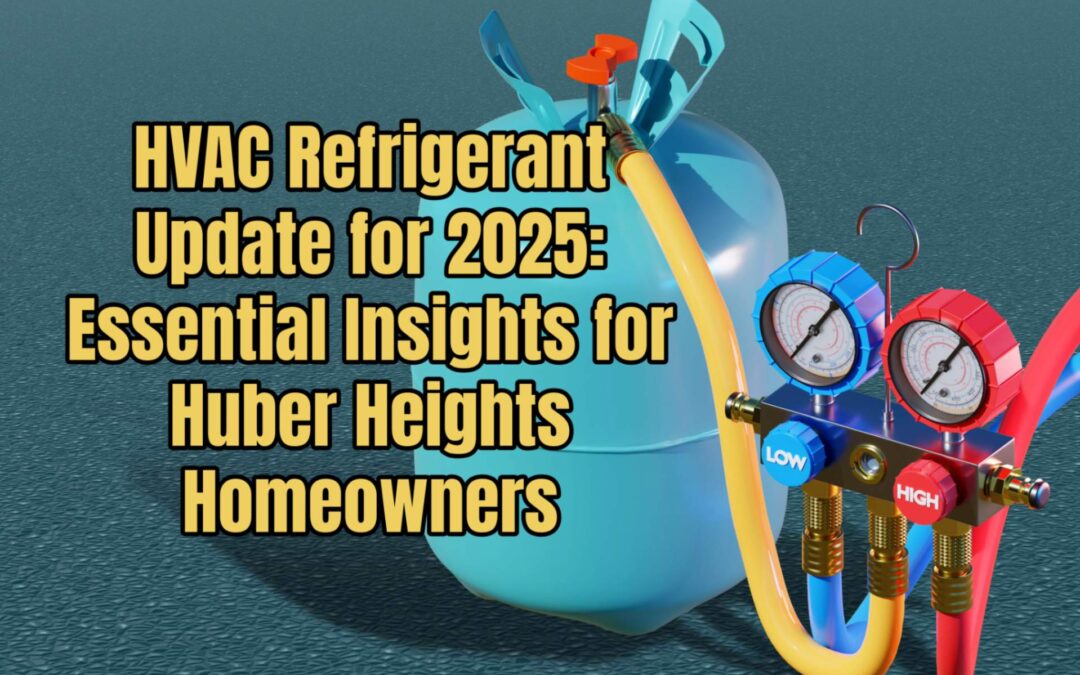Refrigerant plays a vital role in your HVAC system. Industry. With this in mind, R-410A refrigerant has long been a staple for homeowners. As regulations evolve and the 2025 phase-out looms, understanding what this means for cooling systems in Huber Heights, Ohio—and, well, homeowners everywhere is essential. In this article, we break down why R-410A is being phased out, what alternatives are emerging, and how it may affect you as a local homeowner.

1. Is R-410A Refrigerant on the Way Out by 2025?
Refrigerants are crucial for cooling and dehumidifying air. Among the popular choices in recent decades has been R-410A. However, changes in regulations have raised questions about whether it will continue to be used, especially with talk of a potential phase-out. In this post, Huber Heights Heating & Cooling delves into why R-410A might be phased out, its implications for the HVAC sector, and promising alternatives.
2. Understanding R-410A Refrigerant
To understand the possible phase-out a little more, it’s helpful to first become familiar with this refrigerant. R-410A is a hydrofluorocarbon (HFC) that gained popularity for its ozone-friendly profile, stepping in to replace R-22, which was retiring due to its negative impact on the ozone layer. With superior cooling capacity and efficiency, it has become the standard for many HVAC solutions. However, its high global warming potential (GWP) has sparked environmental concerns.
3. R-410A and Environmental Sustainability on the Horizon
Now, keep in mind that the move away from R-410A aligns with a global push to limit greenhouse gases and combat climate change. The Kigali Amendment to the Montreal Protocol, adopted by numerous countries, aims to significantly cut back on HFCs like R-410A, reducing their presence by over 80% in 30 years.
This international commitment has set the stage for the HVAC industry to adopt refrigerants with lower GWP values. In the U.S., the Environmental Protection Agency (EPA) is implementing measures under the American Innovation and Manufacturing (AIM) Act focused on phasing down HFCs and encouraging more sustainable alternatives.
4. Looking Ahead: The Future of R-410A
Timelines for reducing reliance on HFCs, such as R-410A, can differ across regions due to local regulations. Yet, by 2025, significant reductions in its use are anticipated under the Kigali Amendment and the EPA’s strategies. While a worldwide phase-out might not happen by 2025, regulations on new HVAC systems utilizing R-410A will likely become stricter. Manufacturers are expected to pivot from producing R-410A-based equipment toward systems compatible with next-generation, low-GWP refrigerants.
5. R-410A and Its Impact on the HVAC Industry
The transition from R-410A has wide-ranging effects on the HVAC community. Here are some key areas of impact:
- Transition to New Refrigerants: HVAC manufacturers and service providers will need to move towards greener refrigerants. Refrigerants such as R-32, R-454B (Opteon™ XL41), and R-466A (Solstice® N41) are receiving attention due to their lower global warming impacts. Industry professionals must learn to work with these alternatives to offer optimal customer solutions.
- Training and Certification: With the new refrigerants, updated training and certification will be essential. HVAC technicians must be certified to manage these novel substances safely and in line with new environmental standards.
- Retrofitting and Upgrades: For current systems using R-410A, there may be retrofit options to enable the use of newer refrigerants. This process can be costly and intricate, and in many cases, it may be more economical to replace older systems with newer, energy-efficient models designed for low-GWP refrigerants.
- Cost and Availability: New refrigerants might affect prices and accessibility of HVAC systems and parts. As demand rises for advanced refrigerants and corresponding equipment, production needs will grow to meet these demands. Consumers could face higher prices initially, but costs are expected to level out over time.
Bonus Tip: How Should I Prepare for Change and R-410A’s Phase-out?
As the HVAC landscape evolves, staying informed and ready is vital. Some steps to help navigate this shift include:
- Stay Current: Keep informed about refrigerant regulation shifts and timelines, including international efforts like the Kigali Amendment and local rules.
- Partner with a Licensed and Certified HVAC Company: Choose an HVAC company that will inform you and keep you up to date on the transition and current regulations.
- Weigh Your Options: For businesses and homeowners, consider the environmental benefits and financial implications of switching to new systems.

Refilling R-410A refrigerant or making system updates isn’t something to risk on your own. This should only be handled by a licensed HVAC technician as they have the adequate tools to get the job done safely and efficiently. As such, you can count on the team at Huber Heights Heating & Cooling for fast, professional help with all your AC maintenance needs. We’ll keep your system running right—and your home comfortable.
Contact us at (937) 226-9675, or schedule an appointment online now by clicking here!
More HVAC Refrigerant Information
Our goal is always to keep you informed as best as we can. Learn more about the role of HVAC refrigerants and their role here!







